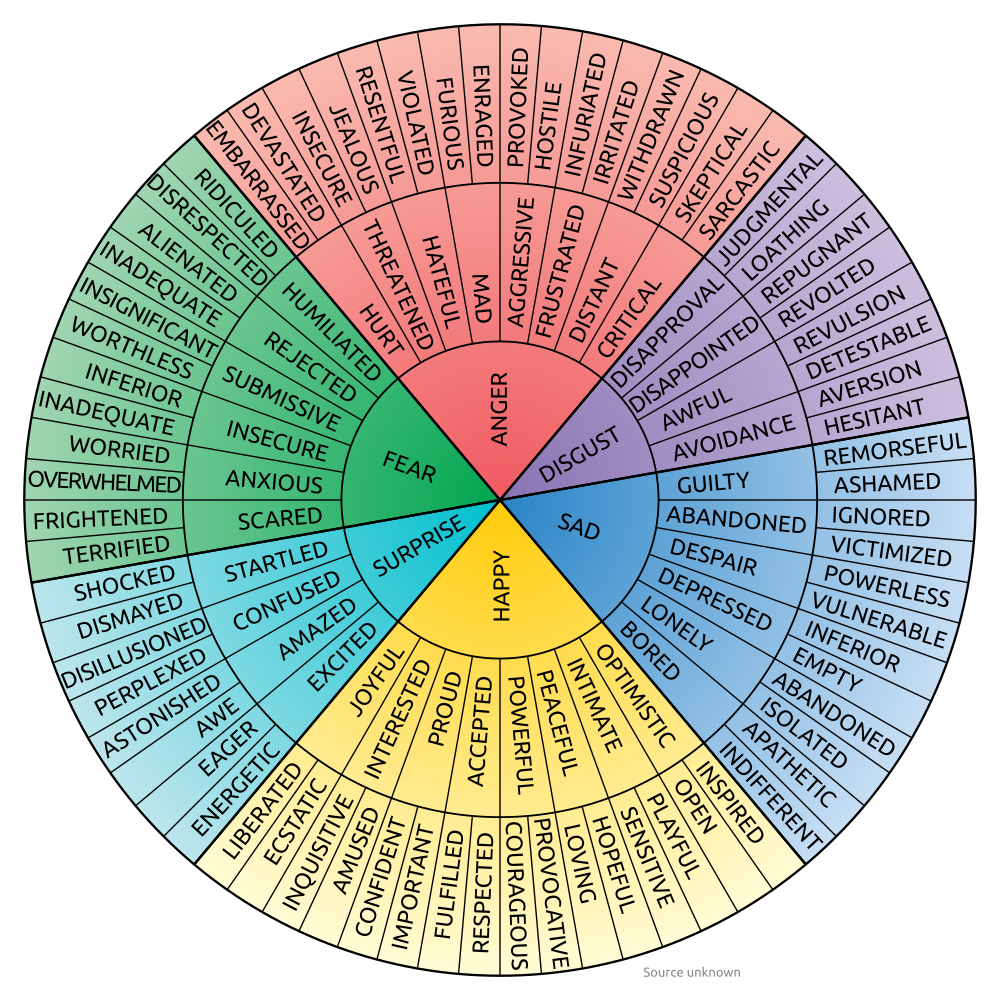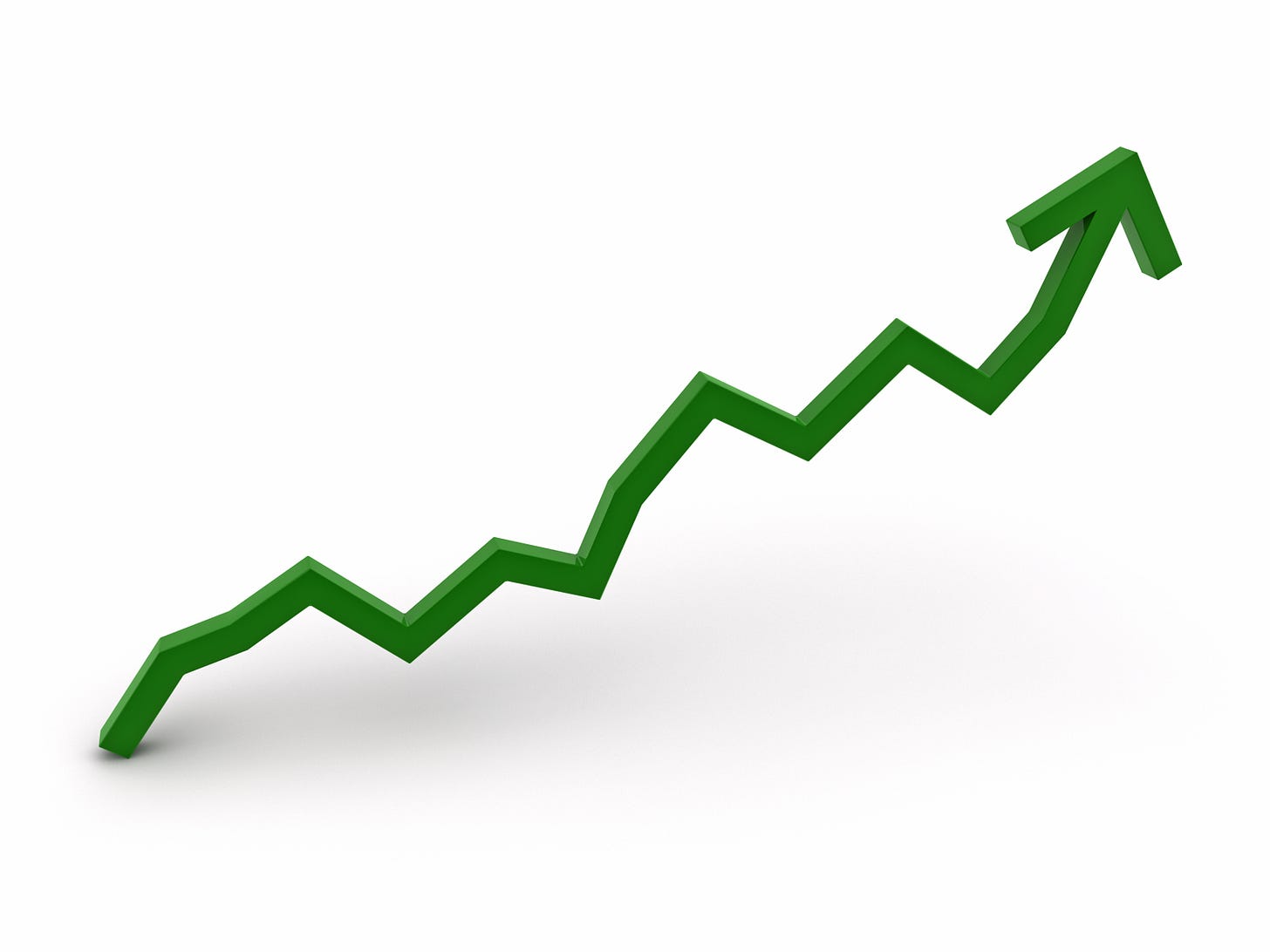Emotion mapping
and how to properly use a template
Last Saturday, I woke up to pitch black, knowing I had slept in. I hit the light button on my smart watch to find out the time. 9.16 am.
In the process, I also happened to glance at my step count, that’s visible on the face of my watch.
6,853.
If I wasn’t already in bed, I would probably have fallen over.
So here’s where you need the context — I was in a hotel room. No kids to wake me up, no clock on the bedside table. But also I was in Vegas, with 14 other moms, on a 40th birthday trip. We had been out dancing and hadn’t made it to bed until about 3 am. Wild dancing led to a wild step count.
Go, go, go aka relentless pacing
It was my first trip to Vegas and while people had told me how intense it would be, I still couldn’t believe it. We would get to our last event of the evening and I would be shocked to think that brunch at Vanderpump Cocktail Gardens had been that same day.
And sure, we were on a 40th trip so we had planned a lot of activities. But everything about Vegas is about pushing the go, go, go button. Every sense is overloaded.
The smoke in the casino areas, the forced air which made it too cold all the time, until you went outside and it was too hot. The flashing lights and spinning numbers were constant. The loudness of, well everything (but especially a table of 15 shrieking moms). It was every type of taste you could wish for on a shared plate or round of cocktails. It was the buzz of club after party bus after Star Wars Burlesque Parody Show. (Yes, that was really a thing, and it was honestly the best part of the weekend).
When I told people I was going to Vegas for the weekend, they’d say, “oh, 2 days is plenty.” And now I know why — the pacing never lets up.
Go, go, stop is better
I’ve written about pacing before and how fundamental it is in copy. We do want to push people past their natural stopping point. But we can only ask so much of them before they need to stop. If we don’t offer that at the right time, readers will take it anyway by clicking away from our copy.
After a concentrated 30 hours in Vegas, our tanks were completely empty. Could we have stayed another night? Maybe, but only if we’d slept for most of it!
And this is one of the things I most often have to fix about pacing for inexperienced copywriters. They know to turn up the dial on intensity, but they are not great at turning it down again.
And honestly, we’re not really shown how. Templates and formula like PAS are great for understanding the building blocks we need, but not where to hit the gas and where to add STOP signs. And most people just pick one formula or template randomly, without first thinking about which one is best for their context.
Grab your tissues, here comes the emotion
Pacing is uniquely tied to the emotional experiences of your specific readers going through the specific problems you are looking to solve. And so it can’t map easily to a templated sales page.
If all you know is that you need to ‘amp up’ the reader, it’s easy to write the full Vegas experience, all the lights and noise and cocktails and sparklers. But if you don’t factor in some downtime in a hotel room (or the corner of a party bus?!) then your reader will head home faster than you can say, “I never imagined Emperor Palpatine would look like that naked.”
Heightened emotions = pains and desires
Generally we know that we are more ‘in the moment’ and experiencing the senses written on the page when emotions are being triggered. And that happens when we copywriters talk about pain points and also what I call desire points (aka solution states and how the reader wants to feel).
So where do you put those breaks? This is where the context is all important. Just like my story about hitting 7k steps by 9am without leaving my bed was shocking, until you knew I was in Vegas, at which point you probably sighed knowingly if you’ve been there.
If you were to map my average weekend, it would look nothing like last weekend. So who are you writing for? Regular weekend-chores Gill or Vegas Gill?
Before you start writing, before you even consider which template or formula you are going to use, take 5 minutes to note down the emotions you want your reader to experience. Don’t worry about putting them in order, just get them down on paper.
An emotion wheel can be great for this. There are hundreds on the internet, but I like this one.
If you haven’t done this before, start with the inner wheel so you can understand the basic emotional levels you’re connecting with. Then start moving out into levels 2 and 3 to find the more nuanced versions of these emotions. Indifferent and ashamed are 2 very different types of sad emotion, for example.
Now you can start to think about what order you want your reader to feel those emotions. And that’s when you can start to think about which formula or template would most easily map over that experience.
Give me a break!
So where do the breaks go — the pauses in this rollercoaster of emotion?
The most obvious points are anywhere the reader might experience a whiplash in their emotion — moving quickly from a very negative to very positive emotion or vice versa. To stop that painful experience, you want to add some kind of bridge that gives them mental and emotional space to recognize the movement that is happening.
And sometimes those waves of emotion will trend up or down but still have movement in them, like this:
In these cases, you want a small break in the tension as you reverse emotional movement, but you don’t need much. Sometimes a ‘filler’ phrase like “And you’d be surprised to hear . . ." can indicate a shift just in the start of a sentence.
If you’ve not done this before, it can feel awkward. Most seasoned copywriters do it intuitively and pulling back the curtain can take some of the magic out of it. But for those of you who struggle to add emotions (or for those pros who can do it fine but are struggling with a particular piece of copy) it’s worth making clear to yourself what you’re trying to do.
Don’t forget, if this is something you struggle with constantly or just in one piece of important copy, I’m here! This is something I edit for on a daily basis, and my eyeballs are fine-tuned for Vegas glitter-ball style copy that needs some pauses added.
Stuff I’m reading-watching-listening to
My eyeballs and ears were full after my trip, so I’m taking some downtime this week!
It’s time for recess
let’s map some emotions and add some breaks to our copy . . .
This is another ‘audit an existing piece’ exercise. Pull up a piece of copy you wrote recently — a sales page would be best, or a sales email.
Highlight the emotions you show or tell — use one color for negative emotions and one for positive.
Now look for the pauses or breaks between each emotion. Are they there? Now that you know about mapping the emotions, do you see places where you could add some? Play around with how much breaking you need between emotions so you give the reader some breathing room without adding too many words to the existing piece.






I have always found the emotion wheel overwhelming, any suggestions on how to gently approach it?
Thank you for the concept, it resnated even on day to day emotion shifting moments.